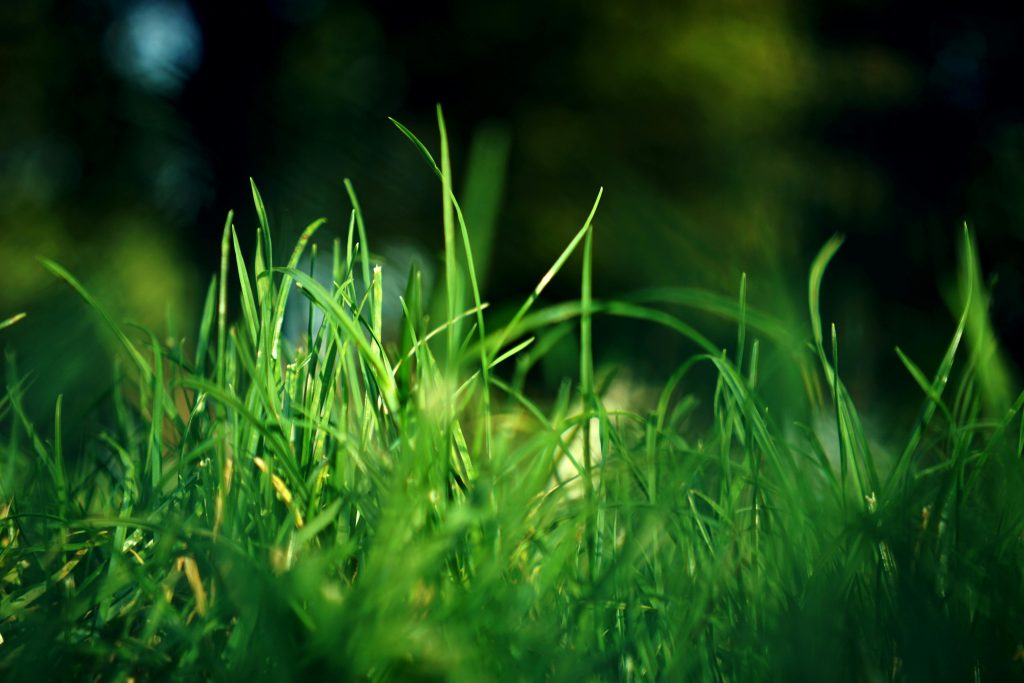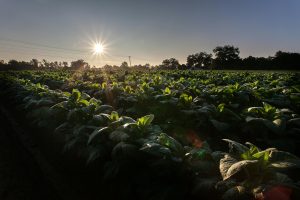Gypsum in Fall Soil Prep: Building a Strong Foundation for Spring Vegetables
Every successful vegetable garden begins with healthy soil. Fertile soil is not only about nutrients but also about structure, drainage, and the ability to support

Autumn is the bridge between summer stress and spring success. For gardeners and lawn caretakers, it’s the season that determines whether next year’s growth starts off strong—or stalls before it begins. The key to ensuring healthy roots, vibrant growth, and nutrient-rich soil lies in fall fertilization—and more specifically, in using the right fertilizer with a perfectly balanced nutrient profile.
That’s where 10-10-10 Complete Lawn and Garden Granular Fertilizer with Micronutrients from Supply Solutions LLC shines. Its evenly distributed mix of nitrogen (N), phosphorus (P), and potassium (K)—combined with a suite of essential micronutrients—makes it one of the most reliable tools for soil conditioning during the fall season.
In this in-depth blog, we’ll break down the science behind Triple 10’s formulation and how each nutrient plays a critical role in strengthening your soil and supporting long-term plant health.
Triple 10 refers to a fertilizer containing:
This 1:1:1 ratio is ideal for general-purpose fall applications because it addresses three key aspects of plant and soil health simultaneously:
Unlike fertilizers formulated to push rapid green growth (often with high nitrogen), Triple 10 works with nature’s rhythms in the fall—focusing on rebuilding roots, conditioning the soil, and preparing plants for winter dormancy.
Fall isn’t a time to overfeed one nutrient at the expense of others. Too much nitrogen can lead to:
Too little potassium or phosphorus, on the other hand, leads to:
A balanced formula like Triple 10 provides steady support on all fronts—feeding the soil ecosystem and laying the groundwork for spring growth.
In the fall, nitrogen supports:
With 10% N, Triple 10 provides just enough to help cool-season grasses, leafy vegetables, and ornamentals recover without overstimulating tender growth.
Phosphorus is crucial in the fall because it:
Phosphorus also stimulates mycorrhizal fungi, which form beneficial relationships with plant roots—especially important in fall when root expansion is key.
Often called the “quality nutrient,” potassium in the fall:
This 10% K content in Triple 10 is especially important for fruit trees, bulbs, turfgrass, and ornamentals entering dormancy.
Triple 10 from Supply Solutions LLC isn’t just about the big three. It also delivers micronutrients that are frequently deficient in overworked soils:
These trace minerals ensure your soil remains biologically active and chemically balanced heading into winter.
Soil conditioning means improving the physical, chemical, and biological properties of your soil. Triple 10 contributes to this by:
Healthy soil going into winter means:
Application Timing:
Application Rates:
Incorporation:
Myth 1: Fall fertilization encourages late growth that gets damaged by frost.
→ Truth: Balanced fertilizers like Triple 10 encourage root growth, not excessive top growth.
Myth 2: You don’t need phosphorus or potassium in fall.
→ Truth: These nutrients are vital for overwintering success and long-term resilience.
Myth 3: Micronutrients don’t matter.
→ Truth: A micronutrient deficiency can limit plant performance even if NPK is perfect.
Triple 10 bridges the gap—offering balanced nutrition, immediate availability, and complete micronutrient support.
Proper soil conditioning in fall reduces your workload in spring. With Triple 10 Complete Lawn and Garden Fertilizer with Micronutrients, you:
Reach us through our contact form, message us on Facebook, call 503-451-1622, or email sales@mysolutionssupply.com. With guidance and support from Supply Solutions LLC, your soil can be as ready for next season as you are.
Every successful vegetable garden begins with healthy soil. Fertile soil is not only about nutrients but also about structure, drainage, and the ability to support

As October arrives, vegetable gardens across the country face a turning point. The days are shorter, the nights are cooler, and frost is never far
Give us a call or visit our store, and we’ll help you find the right solution for your business.
© Supply Solutions LLC 2025